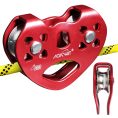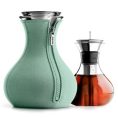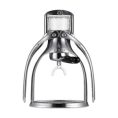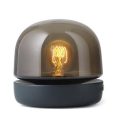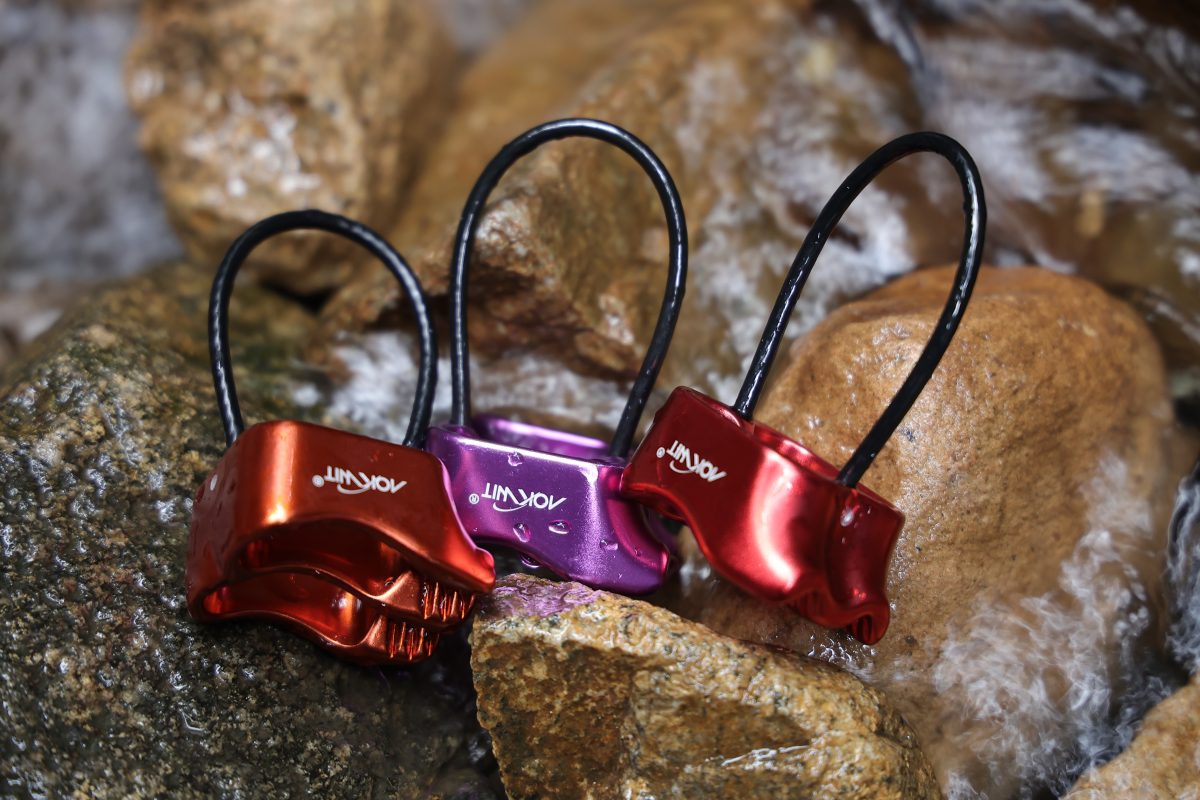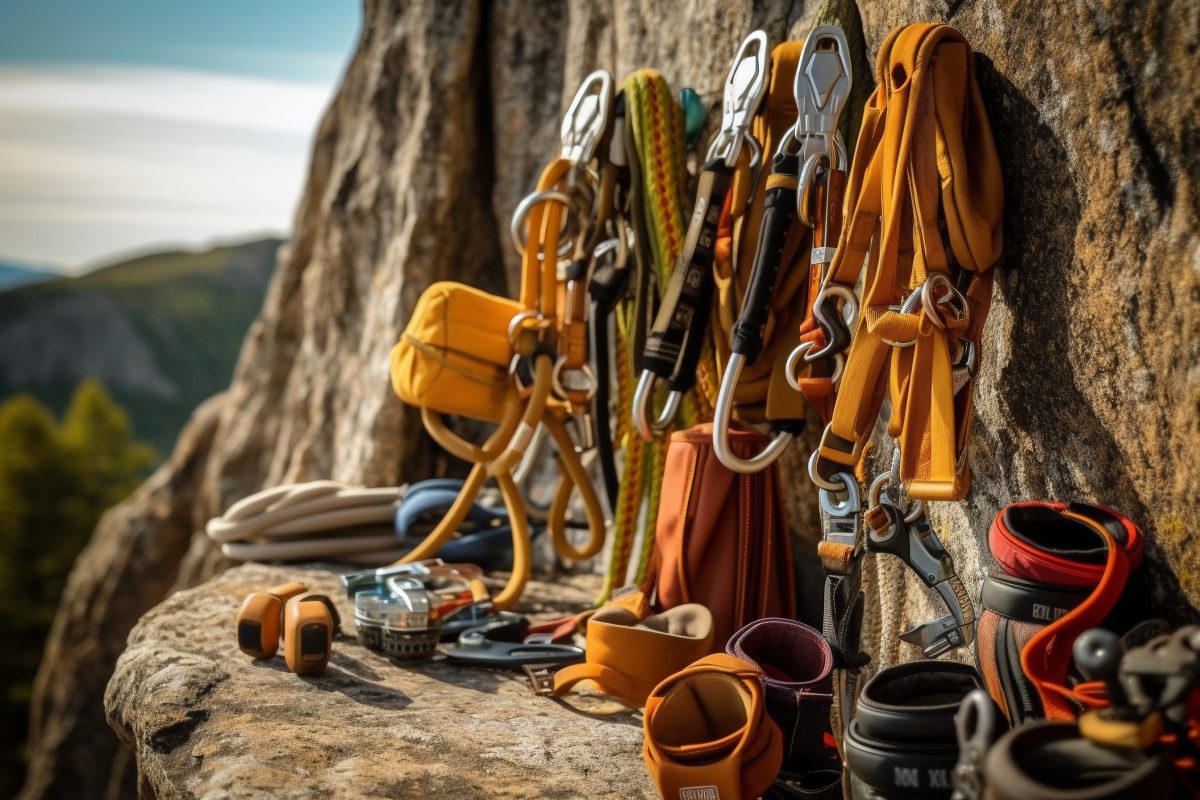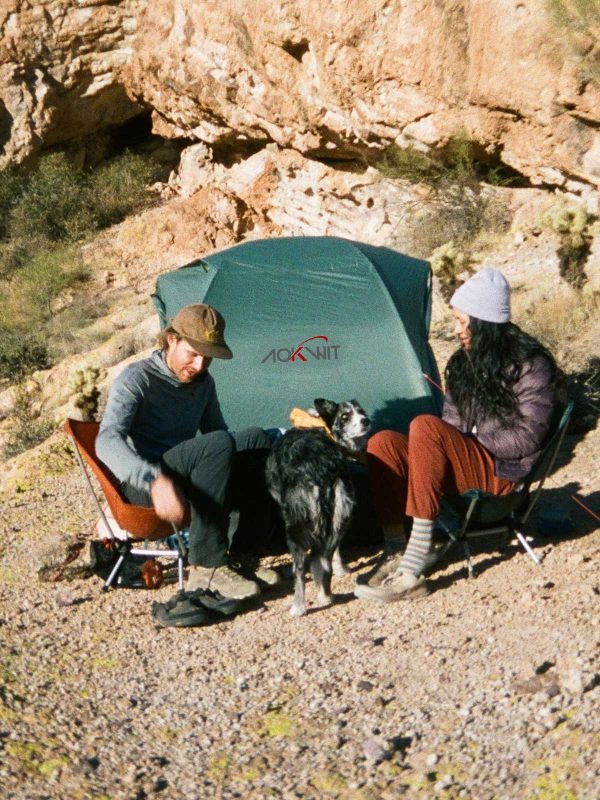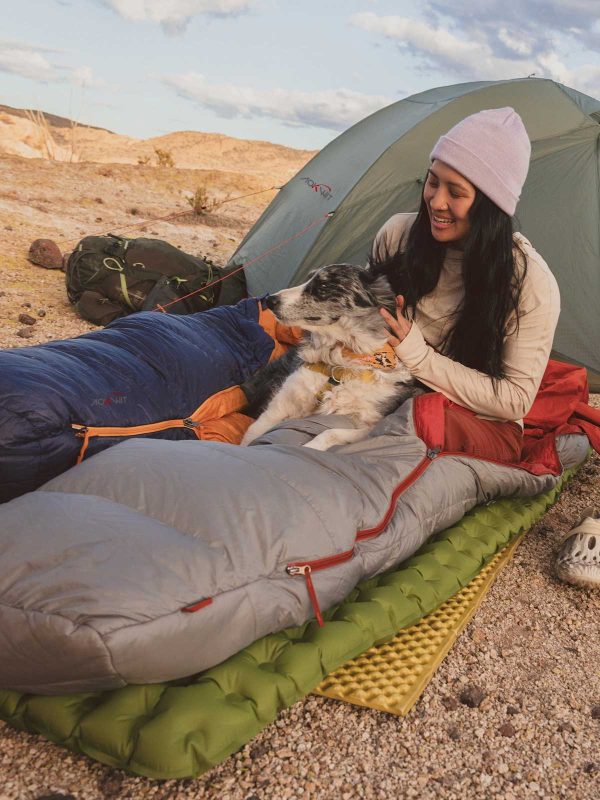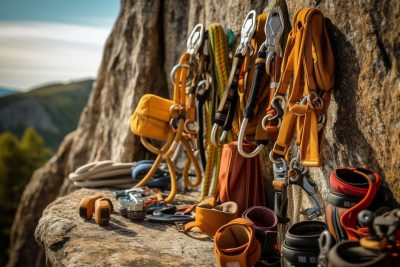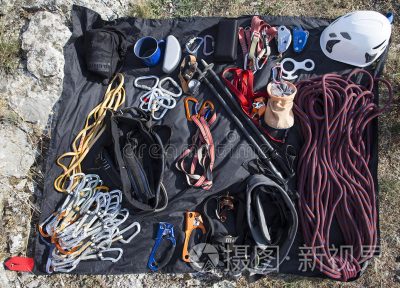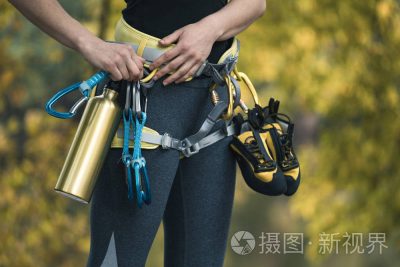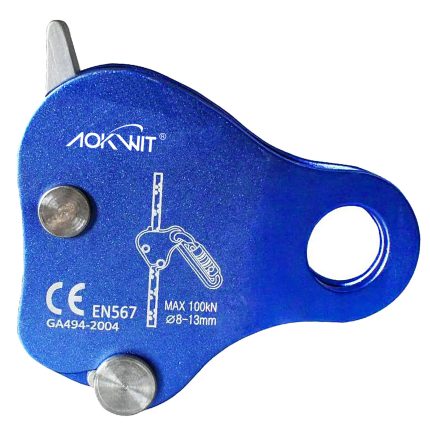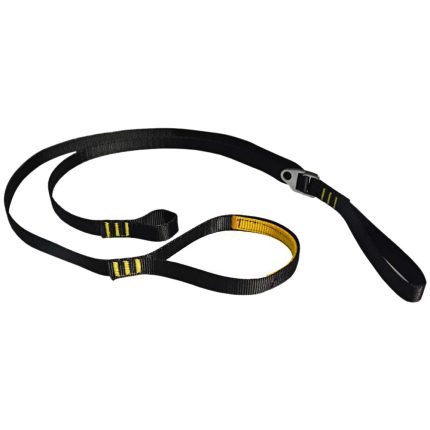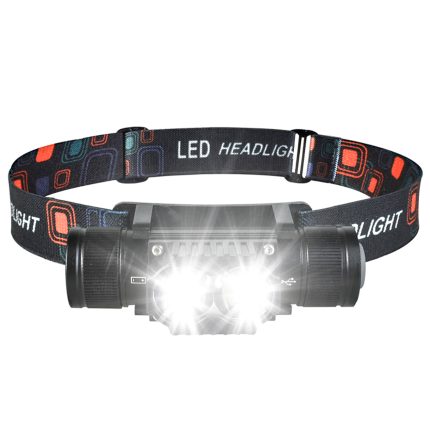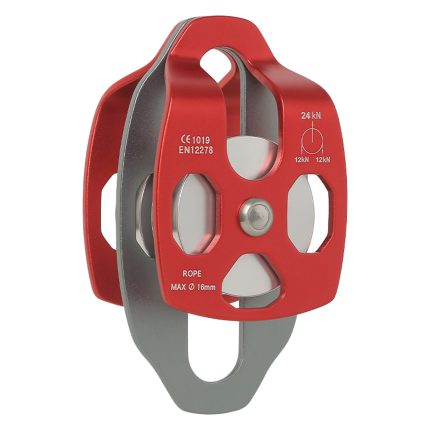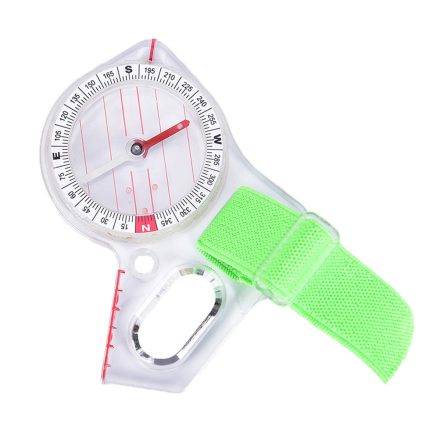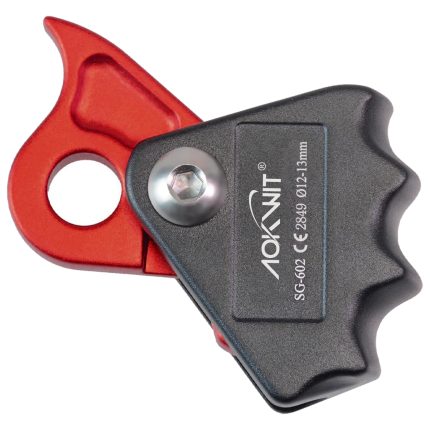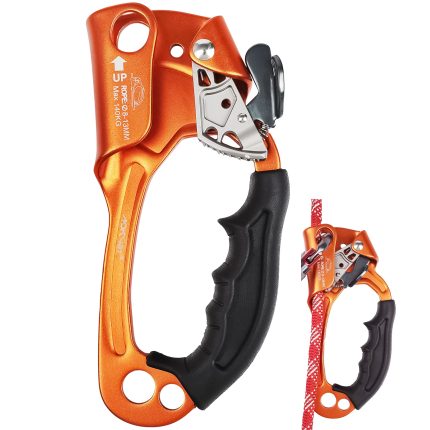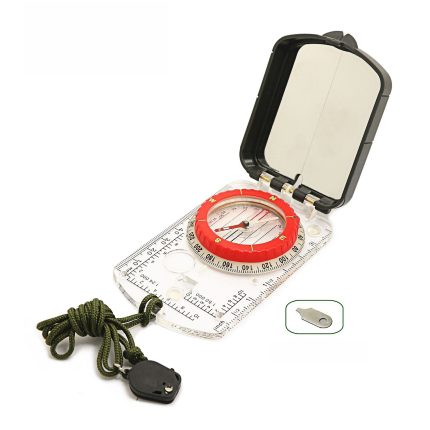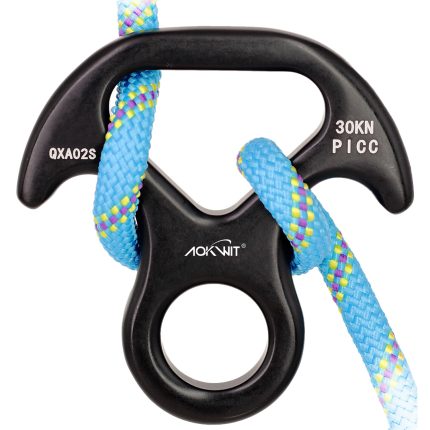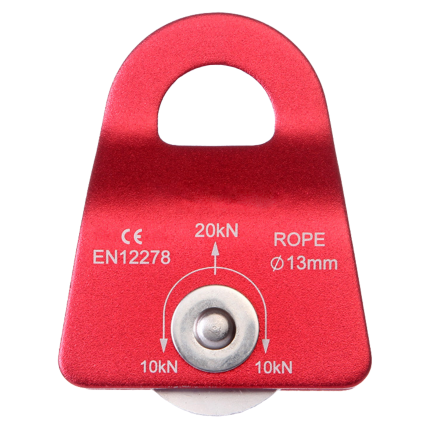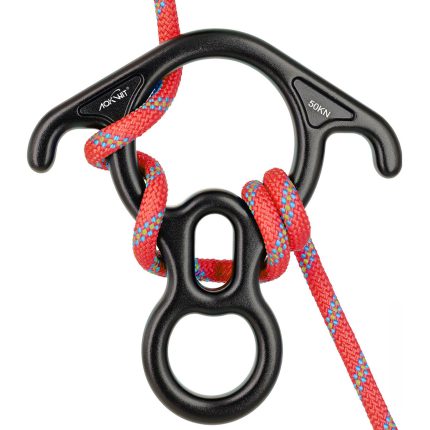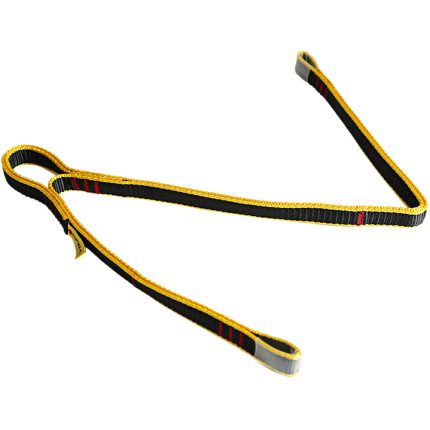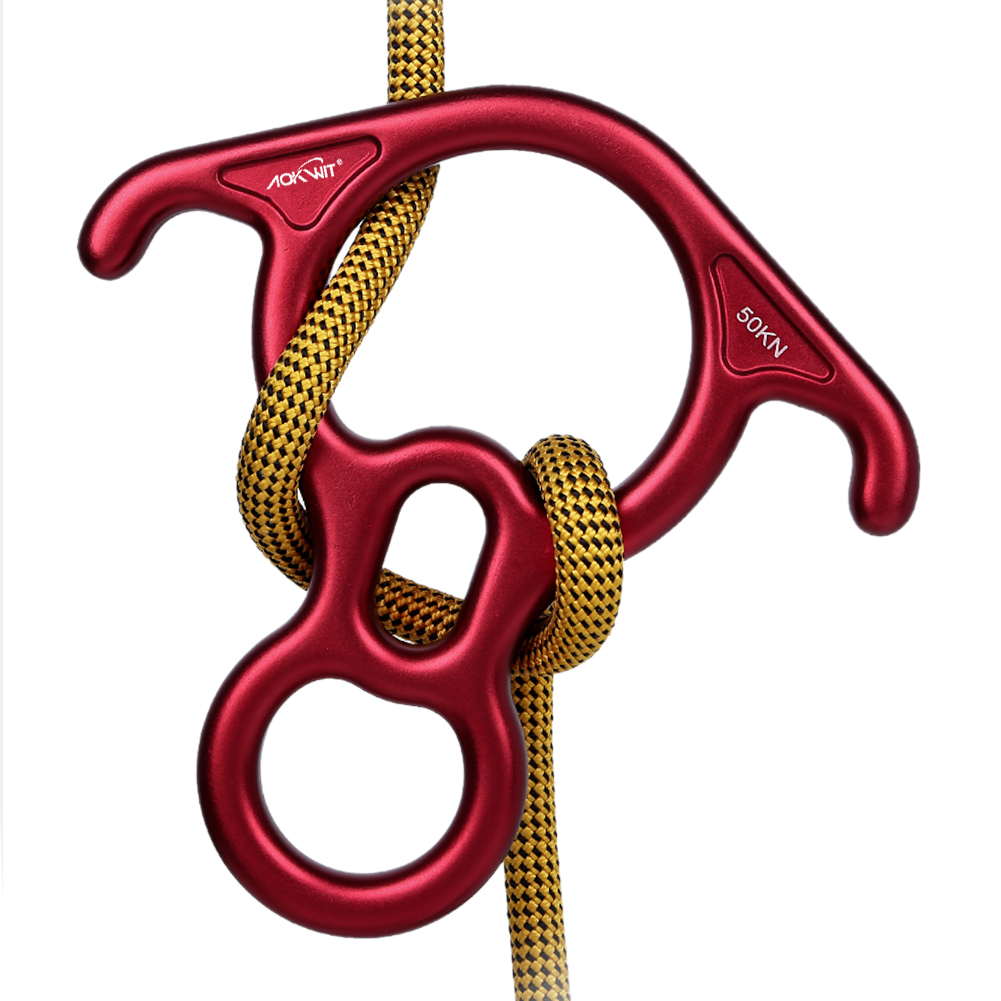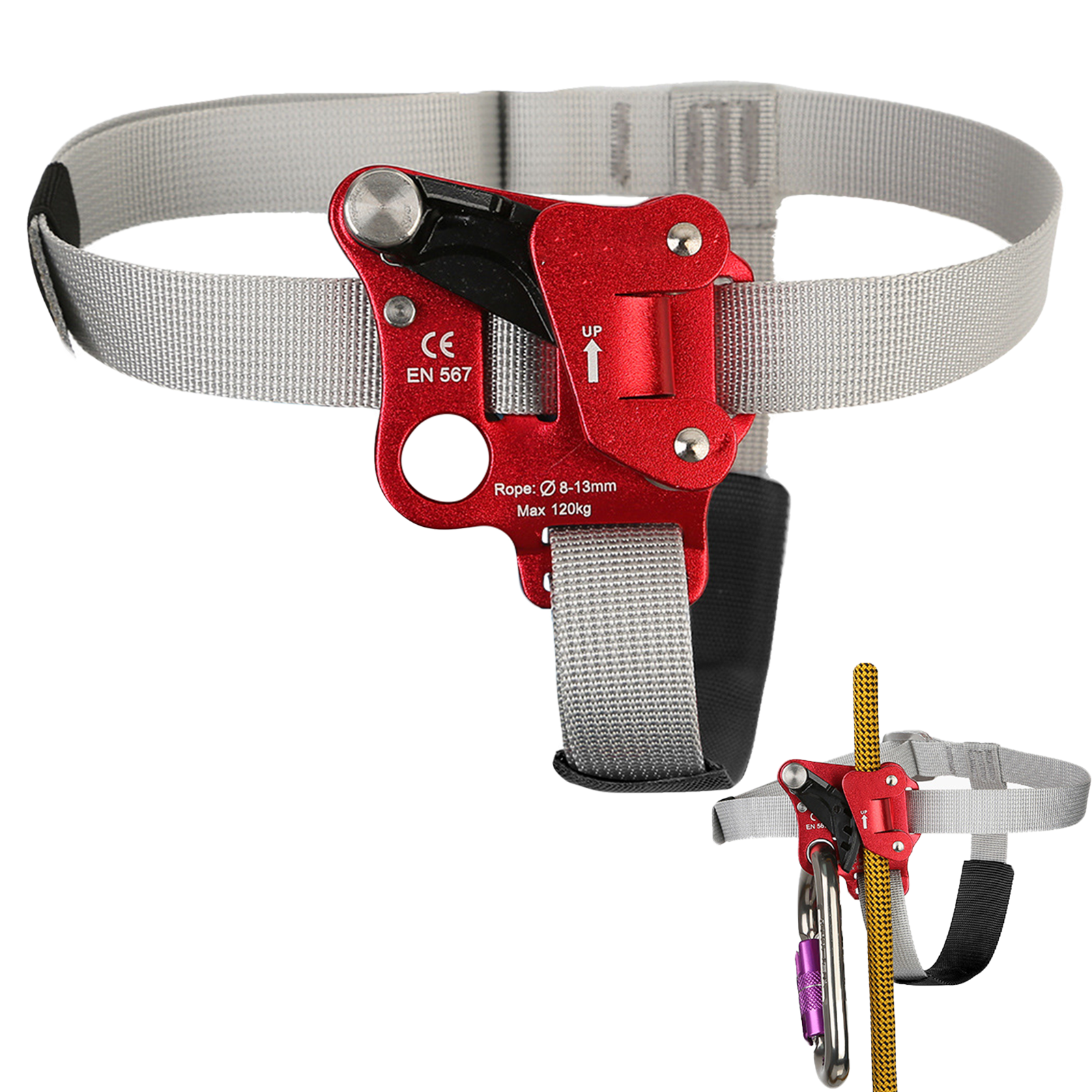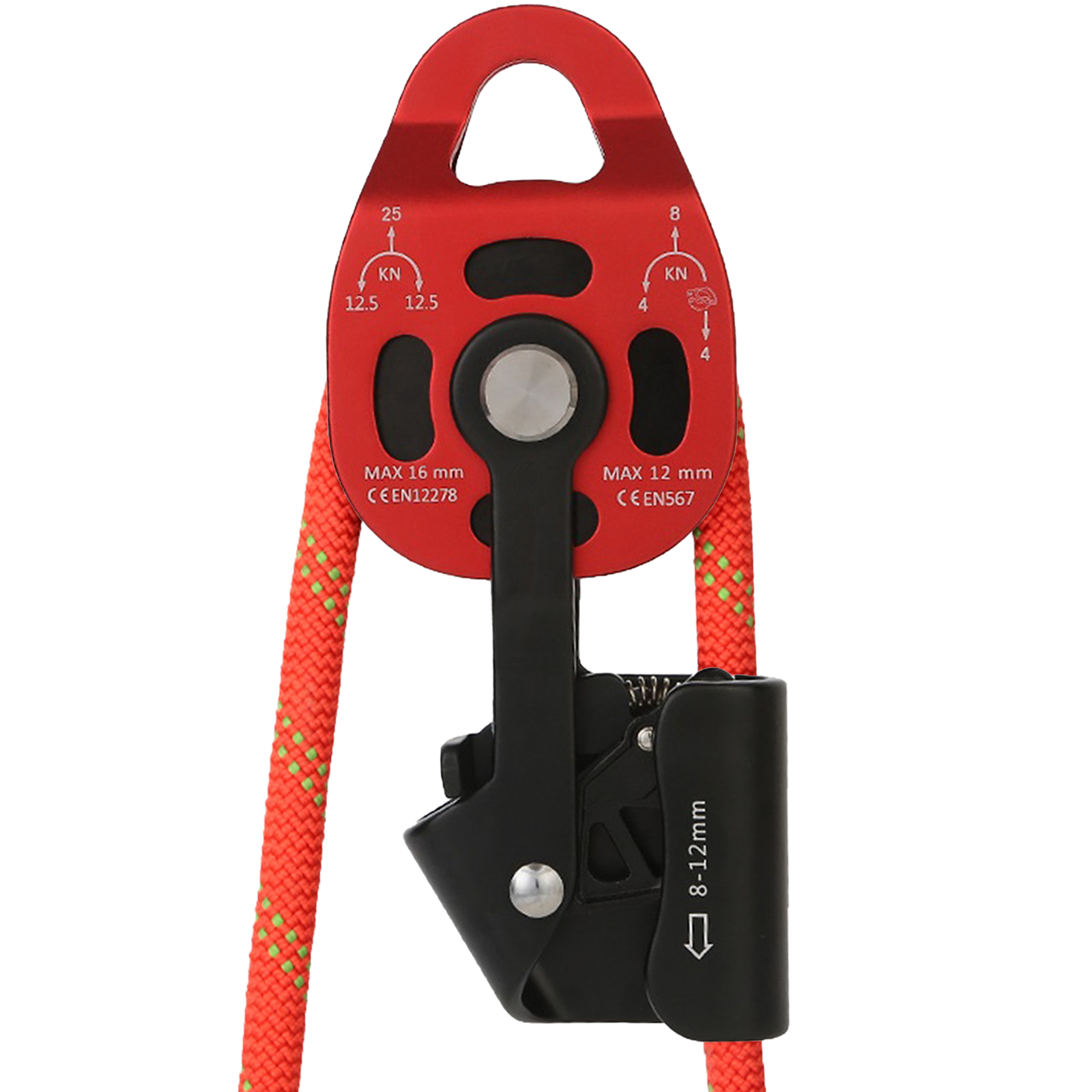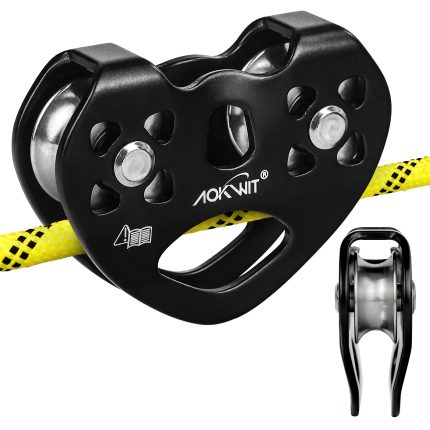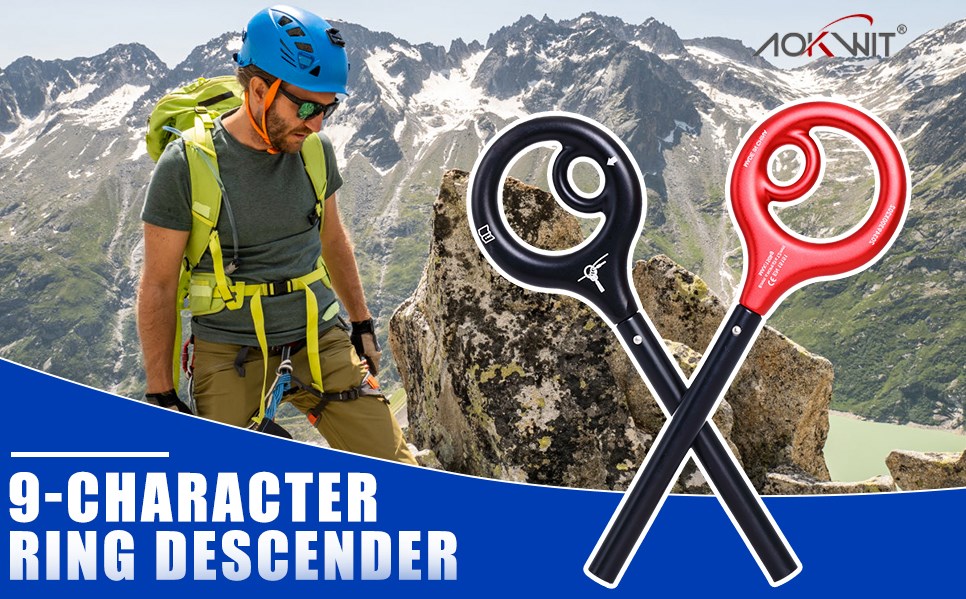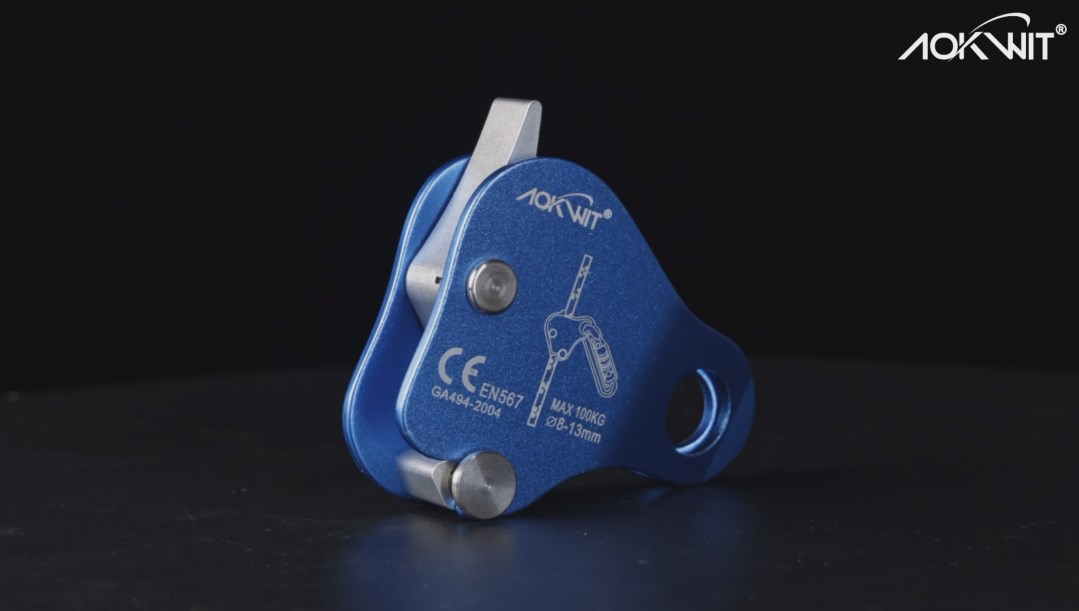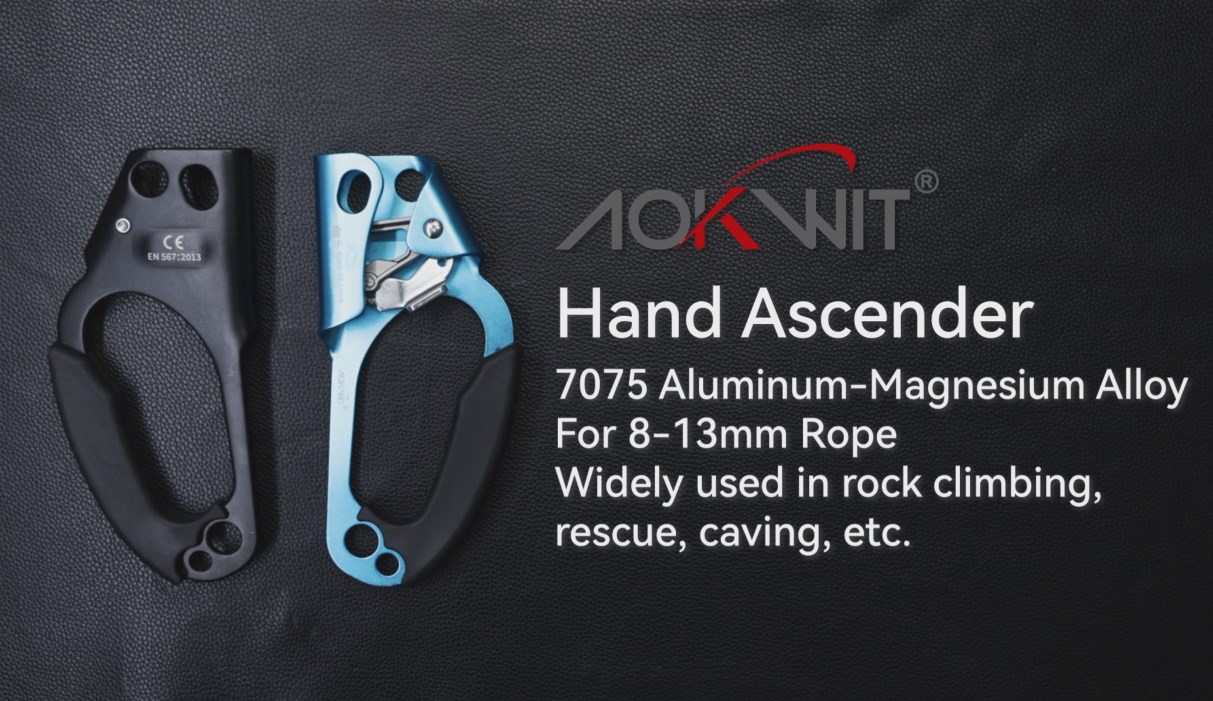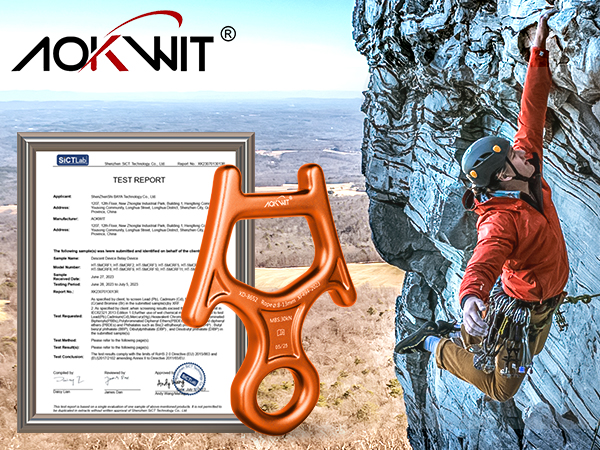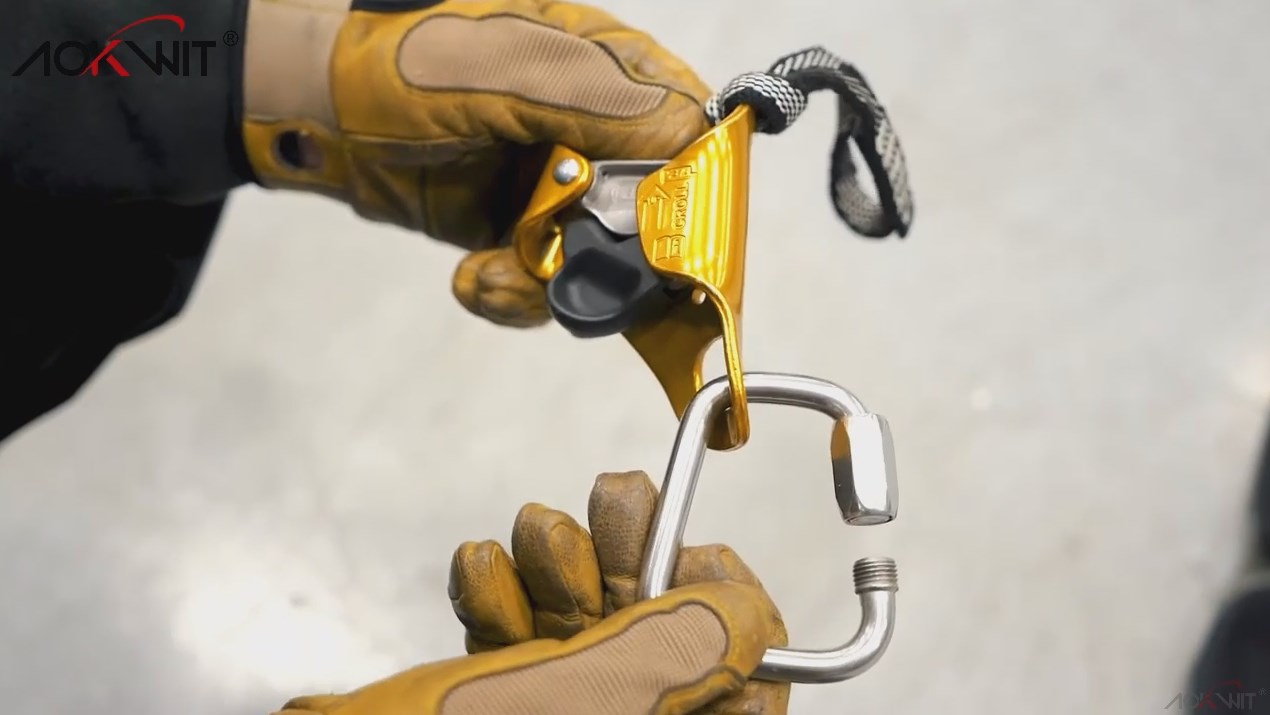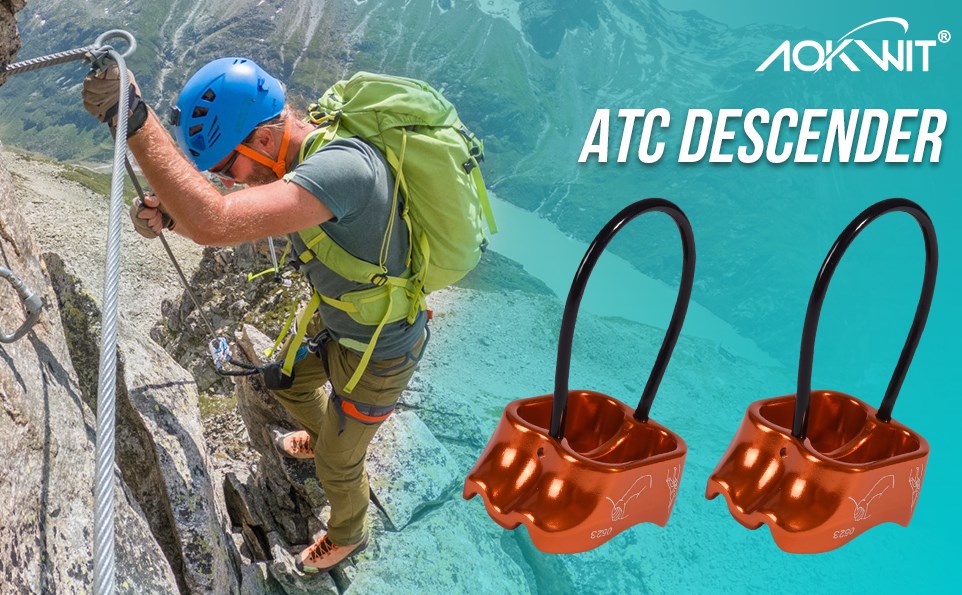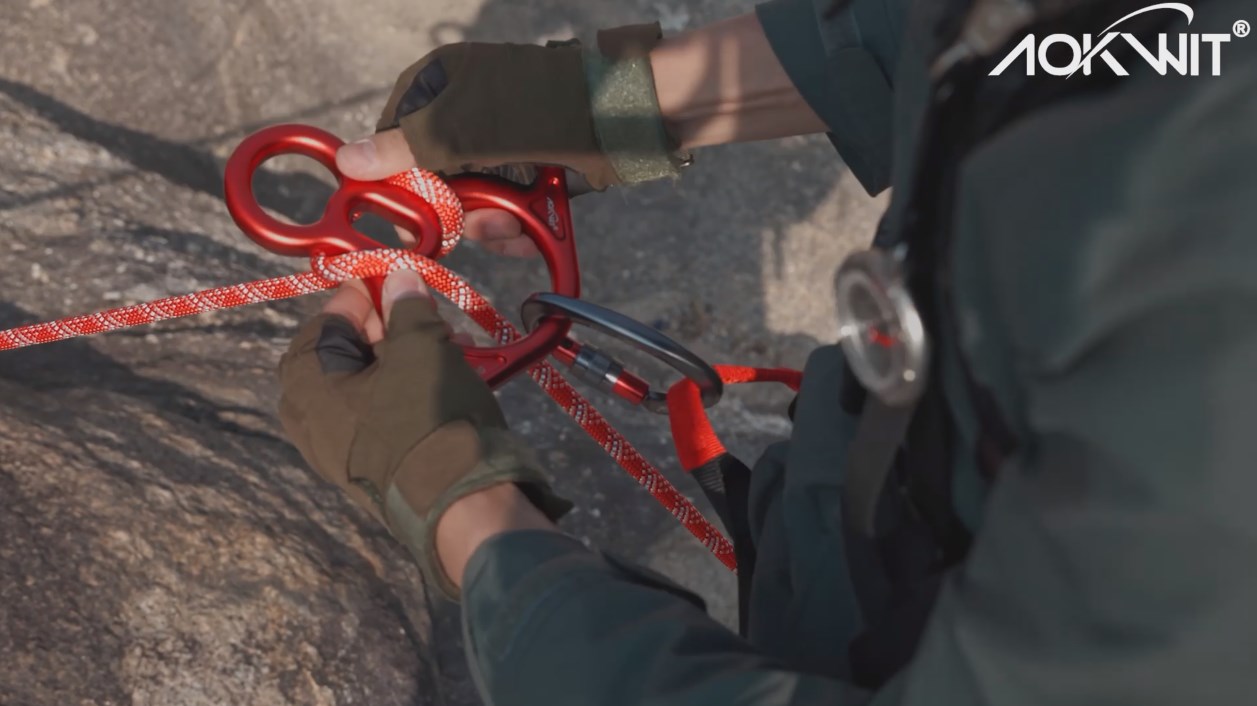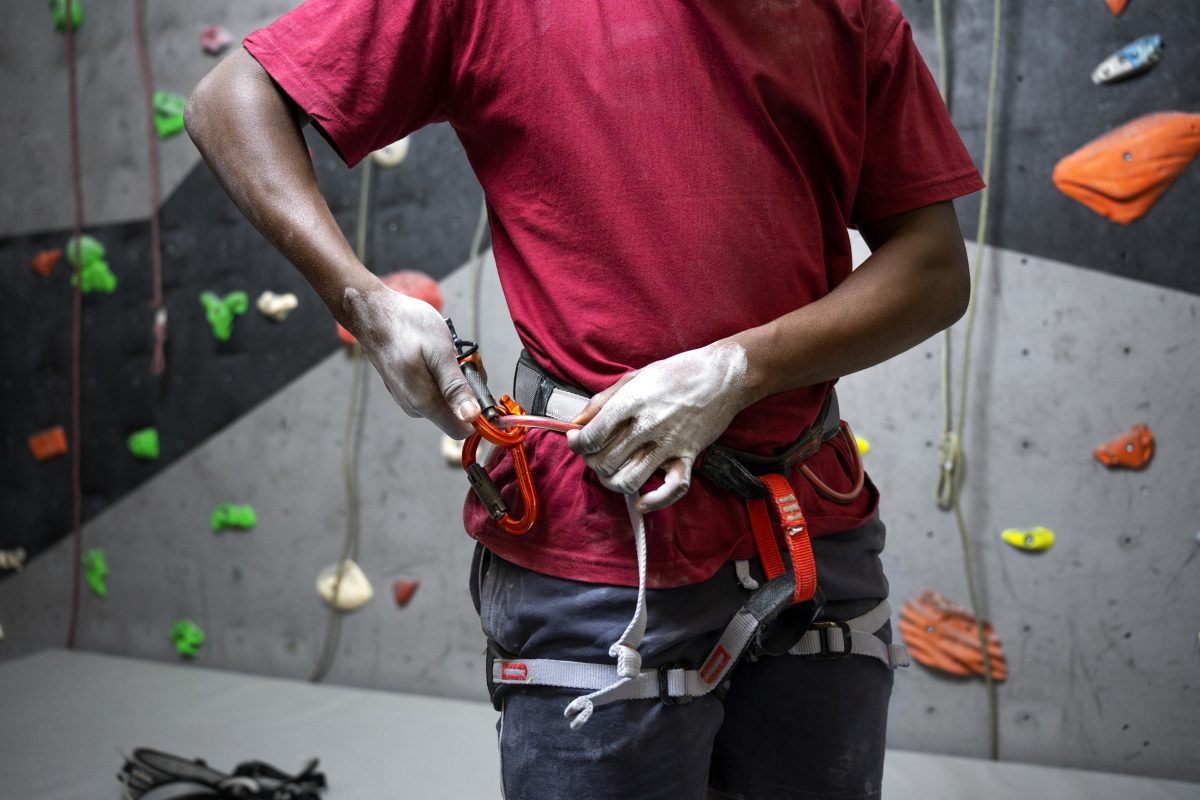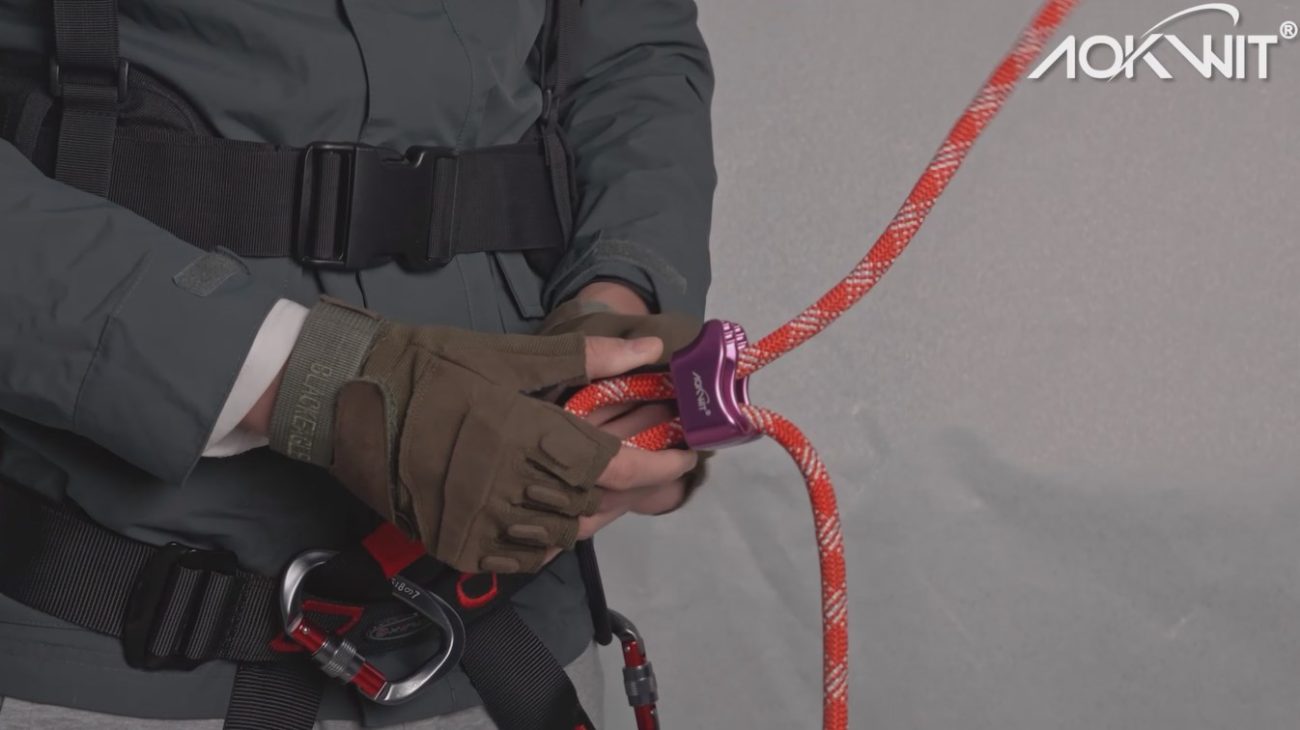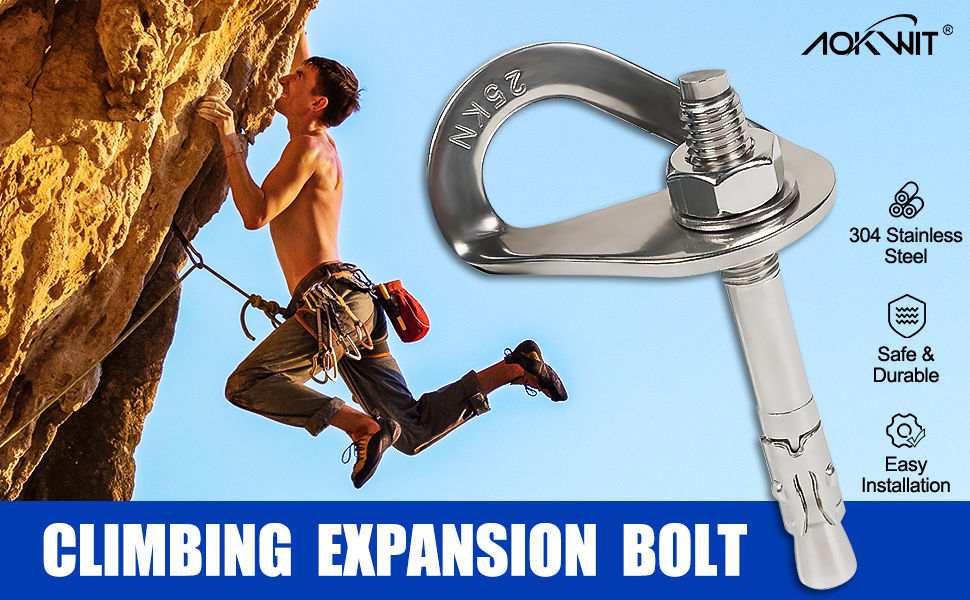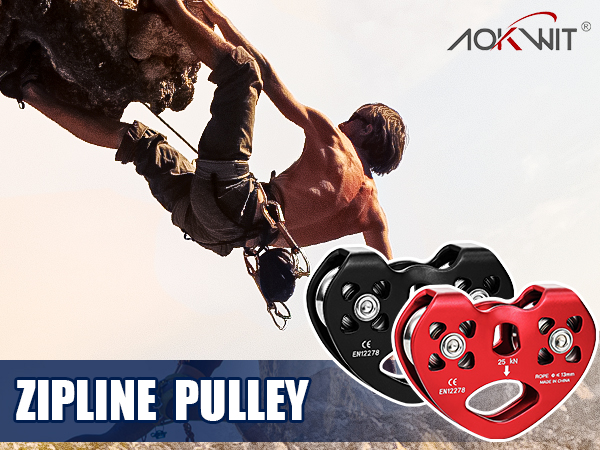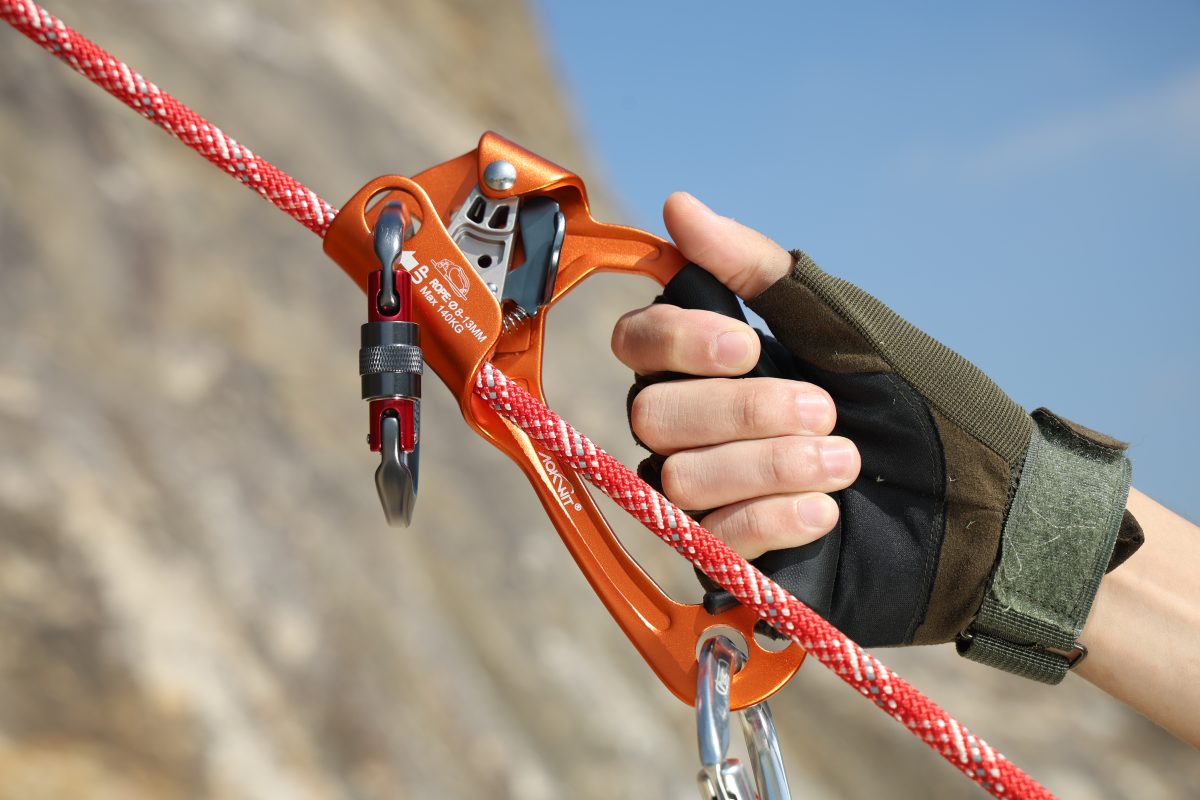How to Choose Quickdraws?
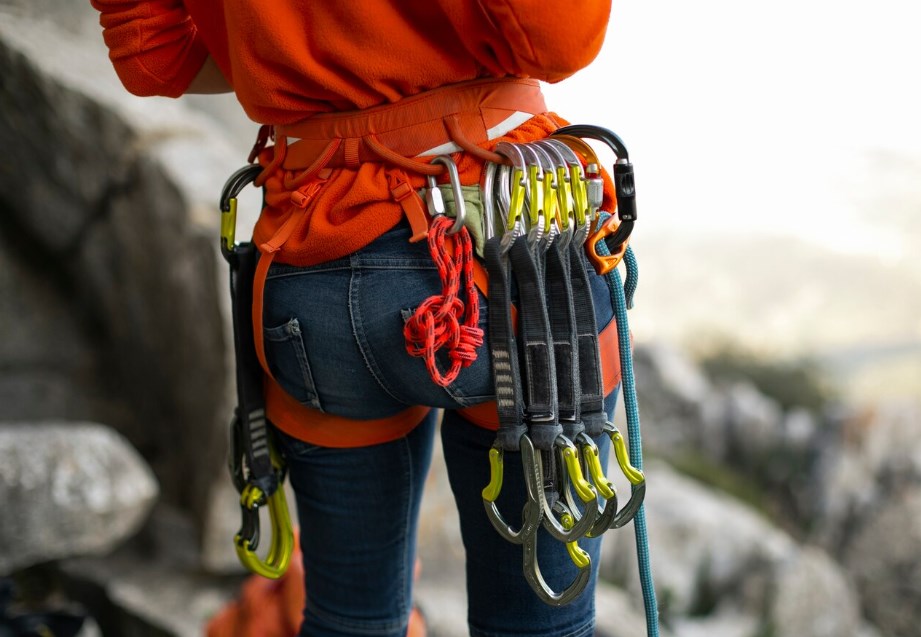
Quickdraws are an essential component of your life-supporting climbing gear, connecting bolts/cams or other protection points to the climbing rope.
Safety is paramount, but different quickdraws also vary significantly in user experience.
Over a decade ago, each manufacturer offered only one or two models, leaving little room for choice.
Modern quickdraws, however, have become increasingly specialized to meet diverse needs across scenarios. Selecting the right quickdraw is challenging yet critical.

I. Purpose
Sport climbing or trad climbing? Rock climbing or ice climbing? Easily accessible crags or high-altitude climbs requiring long approaches?
Modern quickdraws are tailored for specific uses. Generally, sport climbing quickdraws feature larger carabiners and wider dogbones (connecting slings), prioritizing usability over weight.
Trad and high-altitude quickdraws emphasize lightweight construction, often utilizing wire-gate carabiners and thinner, longer, lighter dogbones. Some carabiners sacrifice size for reduced weight, though a few balance both.
There are also multi-purpose quickdraws designed for both sport and trad climbing, though they compromise on specialization.
Each type has inherent trade-offs. The “perfect” quickdraw—simultaneously durable, lightweight, and user-friendly—does not yet exist. Your optimal choice depends on balancing your priorities: intended use, performance, and budget.
II. Solid Gate vs. Wire Gate?

In the image above, 1 and 2 are solid gates, while 3 is a wire gate. Solid gates (also called “standard gates”) come in two types: straight (for clipping bolts) and bent (for clipping ropes).
The primary difference lies in weight: wire gates are significantly lighter. This has pros and cons.
Advantages of Wire Gates:
- Reduced gate flutter during falls: Gate flutter occurs when rope movement induces harmonic vibrations in the carabiner, potentially opening the gate. Lighter wire gates experience smaller-amplitude vibrations, lowering this risk.
- Better performance in cold conditions: Their wider gate openings resist ice buildup, making them preferable for ice or mixed climbing.
Disadvantages of Wire Gates:
- Hook design: Many wire-gate carabiners feature a hook on the nose to secure the gate. This can complicate rope removal and may redirect load away from the spine (strongest axis) if the rope snags, reducing strength.
- Lower open-gate strength: While a solid gate typically withstands 9 kN when open, a wire gate handles 8 kN. However, factors like spring tension and design also influence safety. A tightly sprung solid gate may outperform a loose wire gate.
Maintenance Note: Dirt or debris in the gate mechanism can prevent closure. Regular cleaning or replacement is essential.
III. What Makes a Quickdraw Snag-Free?
Whether top-roping or leading, smooth rope removal is critical. Key factors include:
1. Nose Hook Design
Wire-gate carabiners often include a nose hook, which increases snag risk. For example, the Black Diamond HotWire’s hook-prone design contrasts with the snag-free Wild Country Helium, which eliminated hooks entirely. Innovations like the Helium’s design have made it a top choice since 2004.
2. Nose Angle
A smoother, more curved nose (left image below) minimizes snagging compared to a sharply angled nose (right image).

Recommendations:
- Prioritize snag-free performance? Choose solid gates for sport climbing—durable, affordable, and reliable.
- Budget-conscious trad climbers? Opt for well-designed wire-gate quickdraws.
- Weight-sensitive with ample budget? Invest in premium lightweight models.
IV. Ease of Clipping
Clipping ease is vital, especially on steep routes where fatigue sets in. Factors include:

1. Carabiner Size/Shape:
Larger carabiners (e.g., CAMP USA Photon Wire, 26mm opening) are easier to handle than compact models (e.g., CAMP USA Nano, 22mm opening).

2. Dogbone Attachment:
Sport quickdraws often stabilize the lower carabiner via:
- Internal plastic sleeve: Prone to breakage and irreparable.
- External plastic sleeve: Secure and replaceable but risky if misassembled.
- Sewn sling: Rare in modern designs due to carabiner rotation issues.

V. Handling Comfort
In sport climbing, gripping the dogbone (not the carabiner) is standard.
Comfort depends on dogbone thickness, texture, and material.
Thicker dogbones offer better grip than slimmer options.

VI. Quantity and Length
For single-pitch sport routes, 15 quickdraws typically suffice (12–14cm standard).
Include longer quickdraws (up to 20cm) for distant bolts or zigzagging routes.
Extremely long options (e.g., Metolius 50cm) are niche and cumbersome.

VII. Final Tips:
- Study local routes to determine optimal quantity.
- Always follow manufacturer guidelines for usage, maintenance, and inspection.
- Practice clipping/unclipping techniques and learn to identify wear or damage.
Safety hinges not only on quality gear but also on proper use and care. Choose wisely, climb responsibly.
